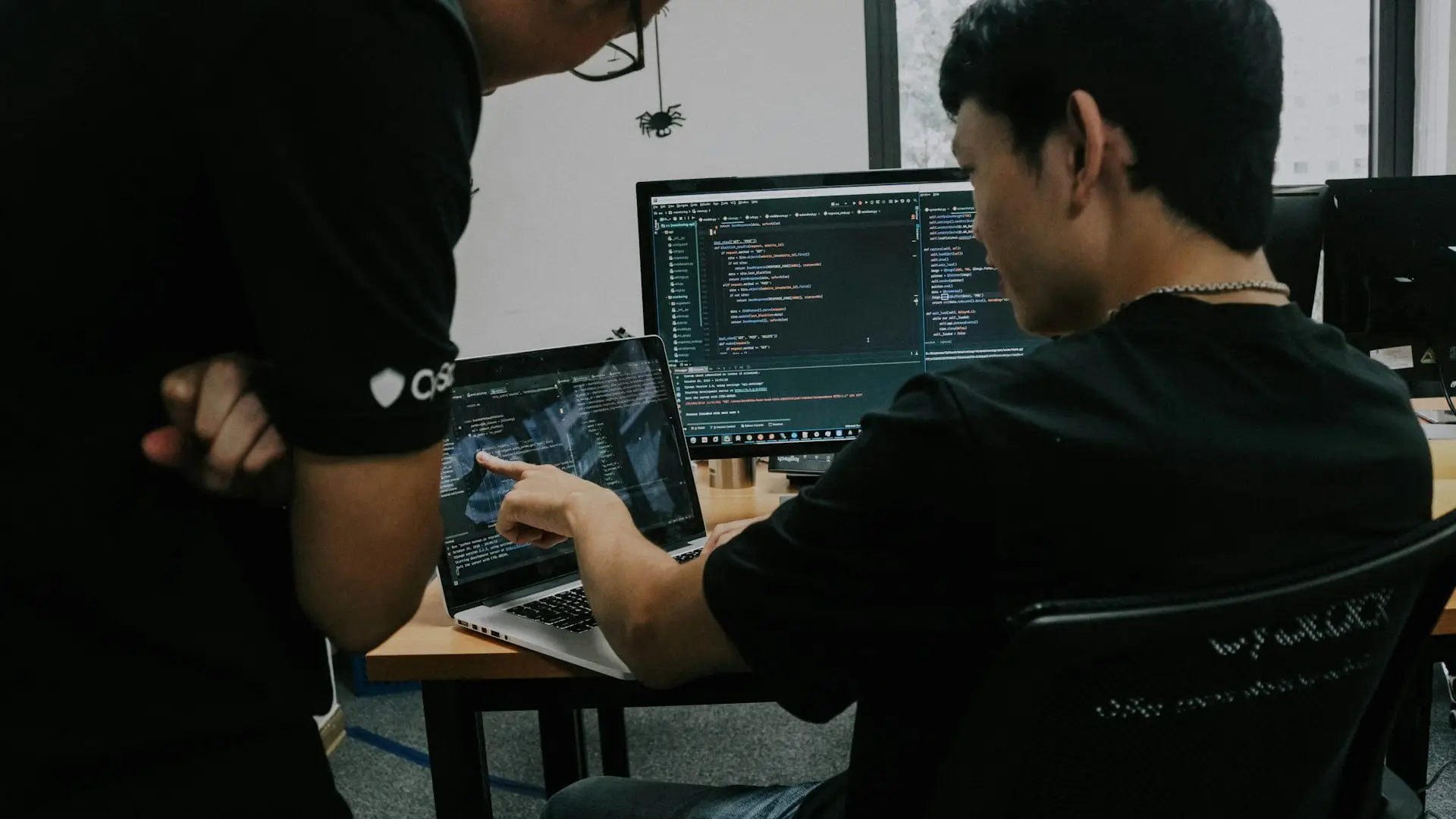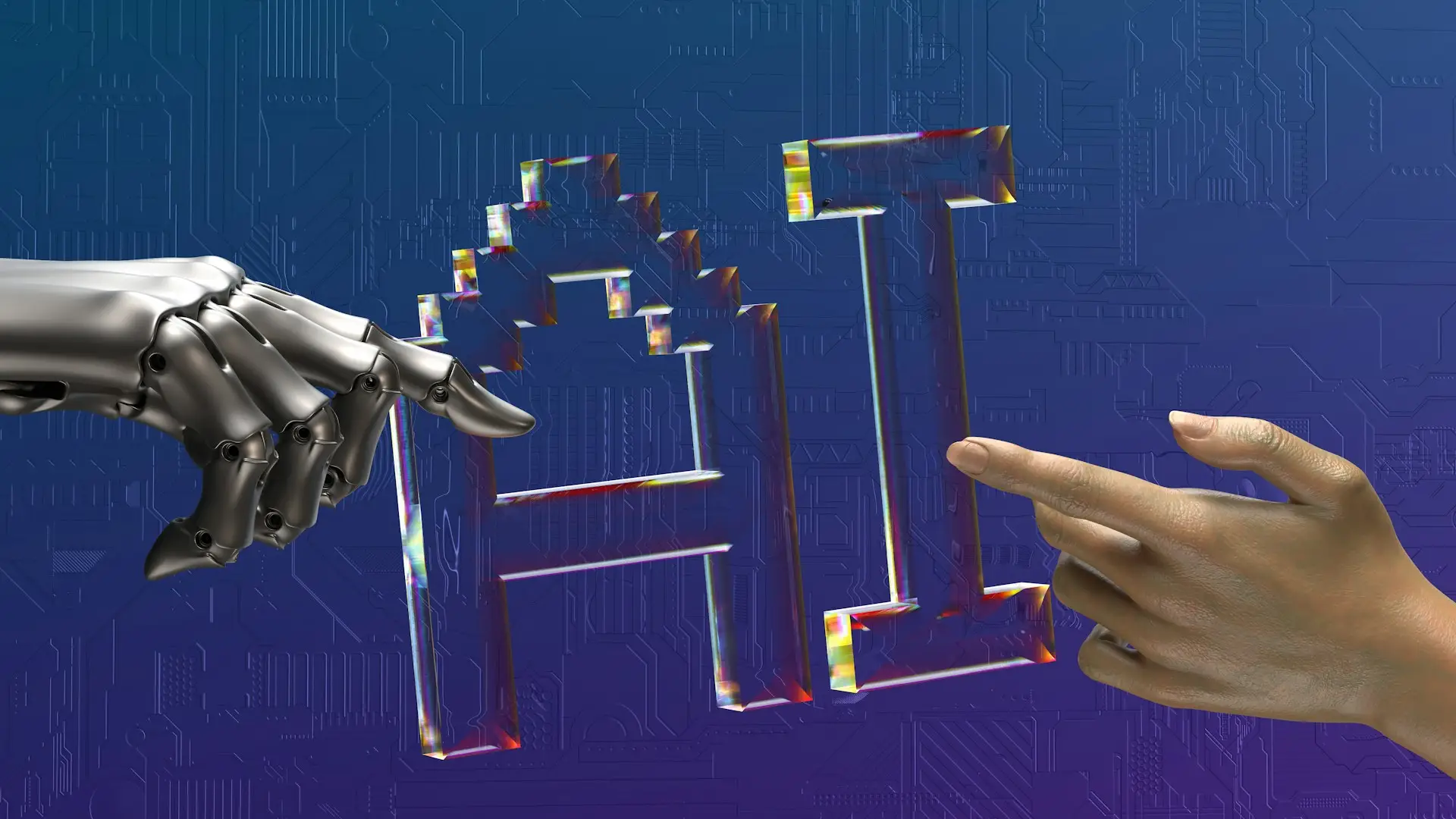Article
Best Way to Recruit AI and Machine Learning Engineers
01 Jul, 20257 Minutes
What’s your plan for building AI capability into your tech team this year?
If you’re hiring AI or machine learning specialists in 2025, you're not alone. But most companies are still getting it wrong. Too many treat these hires as experimental or separate. In reality, AI engineers are being brought into core delivery teams, working alongside product, data, and cloud. That changes everything: how you recruit, who you look for, and how your tech team is set up to use them properly.
This guide breaks down what makes AI hiring different, which skills matter, and how to build a team that’s actually ready for what’s coming next.
How AI is Changing Tech Hiring and Delivery
Whether you're in financial services, pharma, or FMCG, the use of AI is no longer limited to digital-first companies or innovation teams. It’s being integrated into everyday operations, from fraud detection and demand forecasting to content personalisation and supply chain visibility. In 2024, 78% of organisations reported using AI, up from just 55% the year before (Stanford HAI). Over 75% plan to go further within the next three years (The Economic Times).
But while adoption is rising quickly, the way teams respond to it is less consistent. Too many businesses still treat AI as something peripheral, useful for automation, maybe, but not something that needs direct ownership within core teams. That’s where the problems start. Machine learning models are moving into production quickly, and that shift from theoretical to operational use is forcing companies to rethink how they build and support their tech teams.
Here’s what that shift is starting to look like:
- AI specialists working within product, cloud, and data teams, not off to the side
- Engineers expected to understand how AI tools impact infrastructure, performance, and user experience
- Platform teams adjusting workflows to support model training, deployment, and monitoring
- Increased crossover between data science, DevOps, and backend roles
- A growing need for internal capability to manage third-party AI tools and APIs
Even if your company isn’t developing its own AI product, many of the platforms and tools your teams rely on already have machine learning built in. That changes the skill sets you need.
Your team has to understand how those systems function, how to integrate them properly, and how to respond when something goes wrong. Without that, you risk falling behind operationally, even if your strategy looks sound on paper.

The Skillsets That Matter in 2025: From Design to Deployment
Hiring for machine learning capability doesn’t mean building a separate team. But it does require a different approach to who you bring in, what experience they need, and how they’ll work alongside your current engineers, analysts, and product leads. On paper, the roles might look familiar. In practice, the day-to-day work is often very different.
Many software engineers haven’t deployed a machine learning model. Data analysts might not be used to working with training data or tuning parameters. And most platform teams aren’t built to support the scale, cost, and infrastructure needed to keep these systems running reliably.
If you’re building machine learning capability into your team this year, here are the skill areas to focus on:
Model development and experimentation
This is where machine learning starts. It covers selecting the right model architecture, running tests, and tuning for accuracy, fairness, or performance depending on the application. It’s also where the wrong hire can slow everything down—academic strength doesn't always translate into applied impact.
In 2025, Deep Learning is mentioned in 28.1% of AI engineer job postings, making it the most in-demand skill in this space. Teams need people who are confident working with frameworks like PyTorch or TensorFlow and who understand how to work within the limitations of real business data.
Production and infrastructure support
Training a model in a notebook is one thing. Getting it running reliably in a production environment is another. This skillset includes deployment pipelines, version control, CI/CD for ML, and long-term monitoring for drift and performance degradation.
Kubernetes appears in 17.6% of AI job postings, making it the most sought-after MLOps tool this year. That reflects what hiring leads already know: models that aren’t scalable, maintainable, or trackable are unlikely to succeed in production. This work often sits between data science and platform teams, so collaboration experience matters too.
Data pipeline and integration
No machine learning system works without the right data flow. This skillset includes building and maintaining reliable pipelines, working with structured and unstructured inputs, and understanding what "good enough" looks like when data is messy, sparse, or incomplete.
It’s also critical from a compliance and risk perspective. Errors in this layer often go undetected until they impact outcomes. Strong data pipeline skills reduce that risk and create more resilient systems across the board.
Strategic and cross-functional leadership
Even the most technically sound models will stall if no one owns the planning, prioritisation, or risk assessment. This skillset covers governance, roadmap planning, stakeholder education, and ethical awareness. It’s about making sure technical effort lines up with business value.
This doesn’t always need to be a dedicated role, but someone on the team needs to be able to ask: Why are we building this, and what happens if it fails?
Why AI hiring is different from traditional tech recruitment
Once AI moves into delivery, hiring for it stops looking like standard software recruitment. If you’re serious about building a future-ready tech team, you can’t approach AI roles the same way you approach other engineering hires. The skills are different. The workflows are different. And the way people expect to work is different.
Hiring for AI isn’t just a new skillset. It’s a different type of work, a different type of engineer, and a different way of thinking about your team.
Job titles don’t mean much
Plenty of great candidates don’t have ‘AI’ in their job title. Some come from research or academia, some from data engineering, some from pure DevOps. What matters is whether they’ve actually deployed models, handled messy data, or worked on something that broke in production and fixed it.
Traditional job specs aren’t helping
AI roles cut across data, backend, platform, and product. You can’t just list every tool you’ve heard of and hope for the best. Be specific. Are they training models? Managing infrastructure? Owning the tooling? If you don’t know what the job really involves, you’ll struggle to hire for it.
People care more about how you work than what stack you use
These candidates aren’t picking jobs based on frameworks. They want to know how decisions are made, who owns what, and whether there’s space to experiment. If your hiring process doesn’t reflect that, you’ll lose them.
Your usual hiring process will slow you down
You can’t take six weeks and ten rounds to hire someone in this space. You need clarity on what you’re offering — not just salary, but autonomy, impact, and vision. Otherwise, they’ll go somewhere that’s further ahead.
What Future-Ready AI Delivery Teams Need in 2025
If you're serious about scaling AI, team structure is as important as the tech itself. The way you hire, place, and support your AI and machine learning specialists will shape everything from delivery speed to long-term success. It’s not about building a standalone AI function. It’s about designing a team that actually works.
Here’s what to focus on when building a future-ready tech team:
1. Embed your AI specialists into delivery teams
Avoid isolating AI engineers. Placing them within product squads and DevOps workflows leads to faster integration and fewer bottlenecks. It also ensures they get access to the right data and context from day one.
2. Make sure your cloud and platform teams are ready
Over 70% of organisations say their infrastructure can’t support future AI and ML workloads. Without the right cloud engineers and MLOps support, even the best hires will be blocked. Roles like Cloud Architect and Platform Engineer are key to making AI scalable.
3. Hire data experts who can handle real-world inputs
Most data analytics jobs don’t prepare people for live, messy, incomplete data. But that’s exactly what machine learning models rely on. You need data specialists who can build resilient pipelines and adapt fast.
4. Recruit for collaboration, not just skillsets
AI work touches every part of delivery. When hiring, test for how people work with engineers, analysts, and product teams, not just their individual expertise. Great AI delivery depends on strong collaboration across disciplines.
5. Build a progression path before you hire
If your AI engineers and AI specialists don’t see a future in your team, they’ll leave. Candidates want clarity on their path, influence over tooling, and real technical ownership. Set this up early if you want to attract and keep in-demand tech talent.
Hiring AI and machine learning specialists is only part of the equation. Building a future-ready tech team means ensuring those hires are supported, embedded in the right delivery structures, and set up to deliver real outcomes. However, in a market where AI engineers and cloud architects are in high demand, even getting the right people through the door takes a different approach.

Common Hiring Challenges: Salaries, Availability, and Alignment
Building a future-ready tech team means making sure your structure actually supports AI delivery. That doesn’t mean hiring a separate team. It means making sure your current squads can handle the pace, complexity, and cross-functional work that AI demands.
The best-performing teams embed AI and machine learning specialists directly into delivery squads. These engineers work closely with product leads, cloud architects, and data teams to deliver tools that are useful, scalable, and grounded in real operational needs. Where this works well, technical collaboration is clear, roles are well scoped, and everyone has a shared understanding of what success looks like.
Here’s what that structure looks like in practice:
Avoid standalone AI teams that sit on the side
When AI is siloed, it’s harder to align with core delivery priorities. Your engineers need direct access to product, data, and infrastructure conversations from the start.
Embed AI engineers within product-led delivery teams
This allows experimentation and deployment to happen in context, reducing handover friction and improving time to value. It also means models are tested and supported properly in live environments.
Share ownership between product, AI, and DevOps leads
AI work doesn’t sit neatly within one domain. Shared ownership encourages better planning, more realistic goals, and smoother collaboration across engineering teams.
Build career frameworks that reflect AI-specific progression
These specialists are in high demand. If your internal pathways don’t reflect the work they’re doing, retention becomes a real issue. Progression should cover both technical depth and cross-functional leadership.
Make sure platform teams can support model delivery
Most infrastructure isn’t set up for the memory, compute, and monitoring requirements AI systems need. Investing here early saves time and avoids performance issues later on.
If your existing delivery setup isn’t ready for this kind of integration, you won’t get the results you're hoping for — even with the right hires in place.
Closing Thoughts on Building Future-Ready AI Teams
Hiring AI specialists is one part of the process. But without the right team structure, delivery will stall. Many businesses bring in machine learning engineers without providing them with access to product teams, data pipelines, or platform support. Others lack the necessary infrastructure to implement AI at scale.
The companies getting this right aren’t just hiring faster. They’re building delivery models that support collaboration, ownership, and long-term capability. With a recruitment partner who understands how AI delivery actually works, it’s possible to build teams that are ready for what comes next.
Need Support Building Your AI and ML Team?
At McGregor Boyall, we help tech employers structure and scale future-ready delivery teams. From cloud architects to data specialists and AI engineers, we connect you with people who know how to deliver in production.
Contact us today to discover how we can assist with your next hire.



